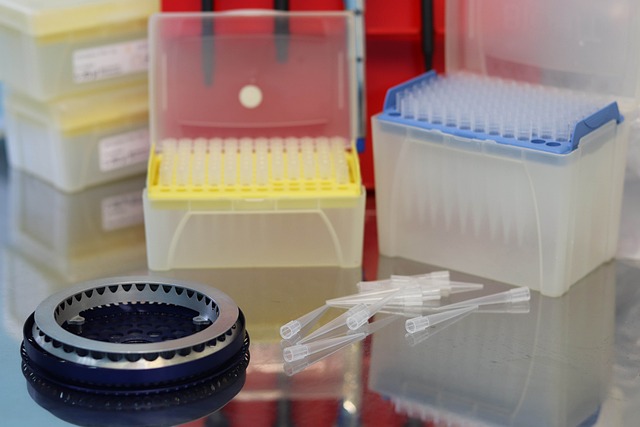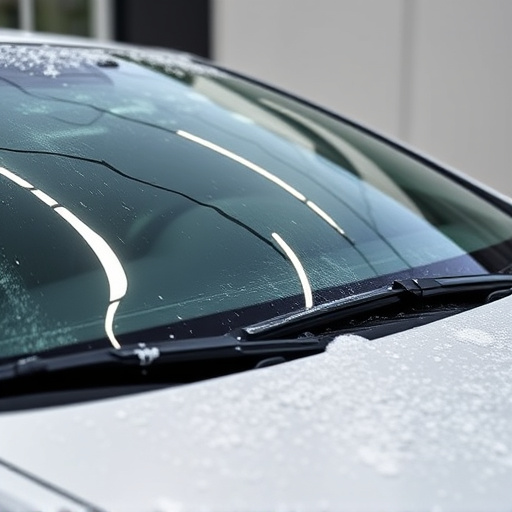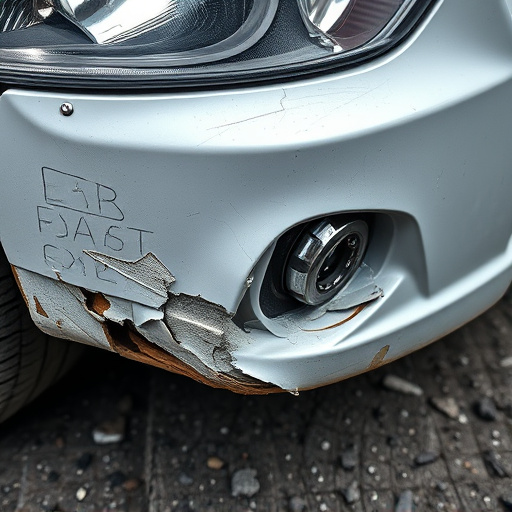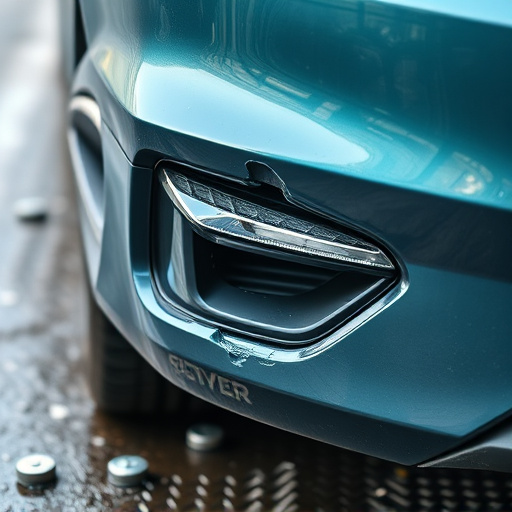The digital transformation of the collision claim process has streamlined auto insurance management, with advanced tools simplifying every step from initial reporting to final settlement. Policyholders can file claims quickly through user-friendly apps or online forms, reducing paperwork and expediting verification. AI-powered systems provide damage estimates, while specialized software enhances communication between insurers, repair shops, and policyholders for a smoother experience. This digital revolution offers significant advantages, including enhanced efficiency, accurate repairs for high-value vehicles, prompt settlements, and improved trust and satisfaction among all parties involved.
In today’s digital era, the collision claim process is undergoing a transformative shift. Digital tools are revolutionizing traditional methods, streamlining operations, and improving efficiency across all sectors. From initial claim submissions to assessment, verification, and payout, technology plays a pivotal role in managing risks and enhancing customer satisfaction. This article explores how digital transformation benefits both insurance providers and policyholders, focusing on the advantages of automated systems in simplifying the collision claim process while prioritizing enhanced customer experiences.
- Digital Transformation: Streamlining the Collision Claim Process
- Advantages of Technology in Claim Assessment and Verification
- Enhancing Customer Experience: Efficient Communication and Payouts via Digital Tools
Digital Transformation: Streamlining the Collision Claim Process

The digital transformation of the collision claim process has revolutionized the way auto insurance companies handle vehicle damage and repairs. By implementing advanced digital tools, the entire workflow is streamlined and made more efficient. From initial claim reporting to final settlement, technology plays a pivotal role in simplifying what was once a complex and time-consuming procedure.
Digital platforms enable policyholders to file claims swiftly by submitting photos and detailed information through user-friendly apps or online forms. This digital documentation reduces the need for physical paperwork, expediting the verification process. Furthermore, AI-powered systems can assess initial damage estimates, while specialized software facilitates communication between insurers, repair shops, and policyholders, ensuring a smoother experience for all parties involved in auto bodywork and restoration.
Advantages of Technology in Claim Assessment and Verification

The integration of digital tools has revolutionized the collision claim process, offering numerous advantages over traditional methods. One of the key benefits is enhanced efficiency; technology streamlines various aspects, from initial claim submission to final verification. Automated systems can quickly capture and organize data from accidents, including detailed vehicle information, damage assessments, and witness statements, reducing manual effort and potential errors.
Furthermore, digital platforms provide a more comprehensive view of claim assessment and verification. With access to real-time databases and advanced analytics, professionals can instantly validate repairs, compare them with industry standards, and ensure accuracy. This is particularly beneficial for high-value vehicles like Mercedes Benz, where precise and specialized repair services, such as paintless dent repair, are essential. Digital tools facilitate efficient management of vehicle repair processes, ensuring that claims are settled promptly and to the satisfaction of all parties involved.
Enhancing Customer Experience: Efficient Communication and Payouts via Digital Tools

The digital transformation has significantly improved the customer experience in the collision claim process. Online platforms and mobile apps allow policyholders to file claims instantly, providing a convenient and efficient alternative to traditional methods. This swift action not only saves time but also ensures that customers stay informed throughout the process.
Additionally, digital tools facilitate seamless communication between insurance providers, repair shops, and policyholders. Customers can easily track the status of their repairs, receive updates on estimated timelines, and even avail themselves of transparent pricing for auto body services and vehicle collision repairs. This level of accessibility enhances trust and satisfaction, fostering a positive relationship between insurers and policyholders. Furthermore, digital payout systems offer speed and convenience, ensuring that customers receive compensation for their claims without unnecessary delays.
The digital revolution has significantly transformed the way collision claims are handled, offering numerous advantages over traditional methods. From streamlining the entire process to enhancing customer satisfaction, digital tools have proven to be game-changers in the insurance industry. By leveraging technology for claim assessment, verification, and communication, companies can efficiently manage a higher volume of claims with reduced errors. This not only benefits businesses but also provides policyholders with faster payouts and improved overall experiences, making digital transformation in collision claim processing a necessary step forward.














